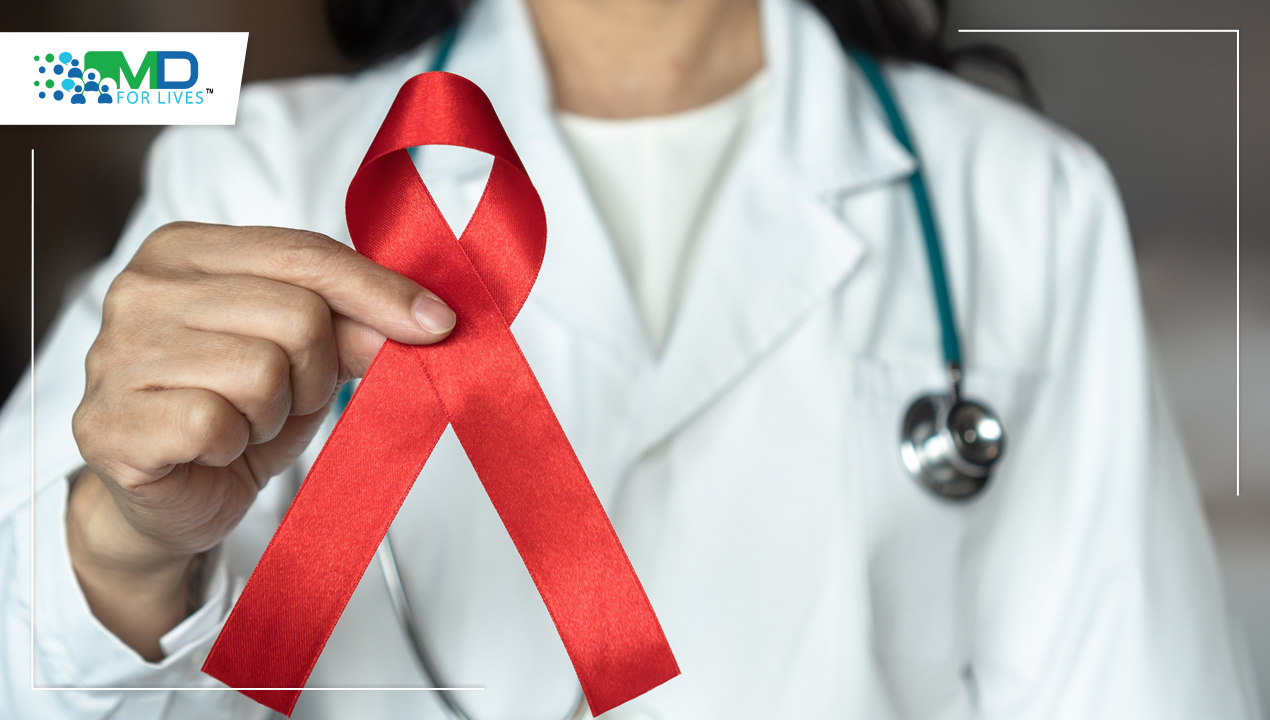The objective of Hemophilia Awareness Month is to raise awareness about hemophilia, a genetic bleeding disorder that affects the body’s ability to clot blood properly. The awareness month aims to educate people about the condition, its symptoms, treatments, and how it impacts the lives of those who have it.
Through Hemophilia Awareness Month, organizations, patient advocacy groups, healthcare professionals and individuals affected by hemophilia work to increase public understanding of the disorder and promote access to resources, support, and treatments for people living with hemophilia.
The awareness month also serves as an opportunity to recognize the challenges faced by people with hemophilia and their families and to honor those who have lost their lives due to the disorder. It aims to encourage people to support research efforts to find better treatments and ultimately a cure for hemophilia.
What is Hemophilia?
Hemophilia is a genetic bleeding disorder that affects the body’s ability to clot blood properly. People with hemophilia have a deficiency or absence of a blood clotting factor, which means that they bleed for a longer time than people without the disorder.
Hemophilia is caused by mutations in the genes that provide instructions for making the clotting factors. There are two main types of hemophilia: hemophilia A, which is caused by a deficiency of clotting factor VIII, and hemophilia B, which is caused by a deficiency of clotting factor IX.
The severity of hemophilia varies from person to person, depending on the amount of clotting factor that is missing. People with severe hemophilia may experience spontaneous bleeding into their joints, muscles, or internal organs, which can lead to pain, swelling, and permanent damage. Without proper treatment, people with hemophilia are at risk of developing life-threatening bleeding complications.
New treatment for hemophilia usually involves replacing the missing clotting factor through regular infusions of clotting factor concentrates. Other treatments may include new hemophilia drugs to help control bleeding, physical therapy to maintain joint health, and genetic counseling for family planning.
Research on Hemophilia and Treatment:
There is ongoing research on new drugs for hemophilia that aims to improve treatment options and develop a cure for the disorder. Some new treatment for hemophilia include:
1. Gene Therapy: Researchers are exploring the use of gene therapy to treat hemophilia. This approach involves delivering healthy copies of the clotting factor gene to the body using a viral vector, which can potentially correct the genetic mutation that causes hemophilia. Some early clinical trials have shown promising results, but more research is needed to determine the long-term safety and efficacy of gene therapy.
Hemgenix (etranacogene dezaparvovec), an adeno-associated virus vector-based gene therapy, has been approved by the U.S. Food and Drug Administration for the treatment of adults with hemophilia B (congenital factor IX deficiency) who are currently receiving Factor IX prophylaxis therapy, have experienced recent or past life-threatening hemorrhage, or have repeatedly experienced serious spontaneous bleeding episodes.
Hemgenix is a one-time gene therapy treatment administered via intravenous infusion. A viral vector carries a gene for clotting factor IX. In order to produce more Factor IX protein, raise blood levels of the substance, and lessen bleeding episodes, the gene is expressed in the liver.
Hemgenix side effects that were most frequently reported were liver enzyme elevations, headaches, mild infusion-related reactions, and flu-like symptoms. Blood liver enzyme elevations (transaminitis) and adverse infusion reactions should be observed in patients.
2. Extended Half-Life Clotting Factor Concentrates: Hemophilia treatment involves regular infusions of clotting factor concentrates to replace the missing clotting factor. This can improve treatment adherence and reduce the burden of treatment for people with hemophilia.
Recently, extended half-life clotting factor concentrates have been added to the arsenal of therapies available to people with hemophilia A and B. In general, data from published studies have shown that these products are effective with the benefit of a longer half-life allowing for less frequent intravenous infusions of factors and safe with no inhibitors reported in previously treated patients. Some patients who were not previously receiving prophylaxis have started it as a result of the convenience, while others—particularly children—can now receive prophylaxis with a smaller number of central venous catheters.
While the extended half-life factor VIII products have reduced the frequency of administration for patients on prophylaxis to as infrequent as once per week for some patients and to twice per week for all patients, including younger children, the extended half-life factor IX products are now allowing patients to dose every 1-2 weeks while maintaining higher trough levels.
3. Emicizumab: Emicizumab is a new hemophilia drug that works by mimicking the activity of the missing clotting factor in people with hemophilia A. It is administered subcutaneously and has shown to reduce the frequency of bleeding episodes in clinical trials. Emicizumab represents a new treatment option for people with hemophilia A, especially those with inhibitors.
The medication emicizumab is a humanized bispecific monoclonal antibody that bridges FIXa and FX, simulating activated Factor VIIIa independently of Factor VIII levels, to restore the function of missing activated FVIII. As a result, emicizumab encourages effective hemostasis in hemophilia A patients.
The most frequent adverse drug reactions associated with therapy are injection-site reactions. Headache, arthralgia, pyrexia, and diarrhea are other frequent adverse drug reactions that have been reported. A less frequent adverse reaction, rhabdomyolysis, was experienced by less than 1% of emicizumab-taking patients. Patients taking emicizumab may experience unprovoked or traumatic bleeding, though this is significantly less common.
Overall, the new hemophilia treatment and ongoing research offer hope for a cure for the disorder.
Raising Hemophilia Awareness:
Here are some tips to raising hemophilia awareness:
- Share information: Share information about hemophilia on social media platforms and with family and friends. This can help raise awareness about the condition, its impact on those who have it, and new hemophilia treatment.

- Organize events: Organize events such as walks, runs, and fundraisers to raise awareness about hemophilia. You can work with local community groups, schools, or organizations to help promote the event.
- Partner with patient advocacy groups: Partner with patient advocacy groups such as the National Hemophilia Foundation or the Hemophilia Federation of America to get involved in advocacy efforts, education initiatives, and community events.
- Host educational sessions: Host educational sessions for healthcare professionals, school teachers, and community leaders to increase understanding and awareness of hemophilia. You can work with local hospitals, clinics, and schools to organize these sessions.
- Encourage blood donation: Encourage people to donate blood as blood transfusions are often necessary for people with hemophilia. You can partner with local blood donation centers to organize blood drives.
- Wear red: Wear red, the color of hemophilia awareness, to show your support for those with hemophilia and to raise awareness about the condition.
- Share personal stories and knowledge on research on hemophilia: Share personal stories of people with hemophilia or their families and hemophilia research information to help people understand the challenges they face, the impact of the disorder on their lives, and to support research efforts to better manage the disorder.
Reference:
- Emicizumab. NIH. https://www.ncbi.nlm.nih.gov/books/NBK559180/#:~:text=Emicizumab%20is%20a%20medication%20used,and%20treating%20acute%20bleeding%20episodes.. Accessed 3/17/2023
- Extended Half-Life Coagulation Factors: A New Era in the Management of Hemophilia Patients. NIH. https://www.ncbi.nlm.nih.gov/pmc/articles/PMC6682782/. Accessed 3/17/2023
- FDA Approves First Gene Therapy to Treat Adults with Hemophilia B. FDA. https://www.fda.gov/news-events/press-announcements/fda-approves-first-gene-therapy-treat-adults-hemophilia-b. Accessed 3/17/2023

MDForLives is a vibrant community of healthcare professionals and patients dedicated to shaping the future of healthcare. We provide valuable global insights to healthcare companies through online surveys, interviews, and discussion forums.






